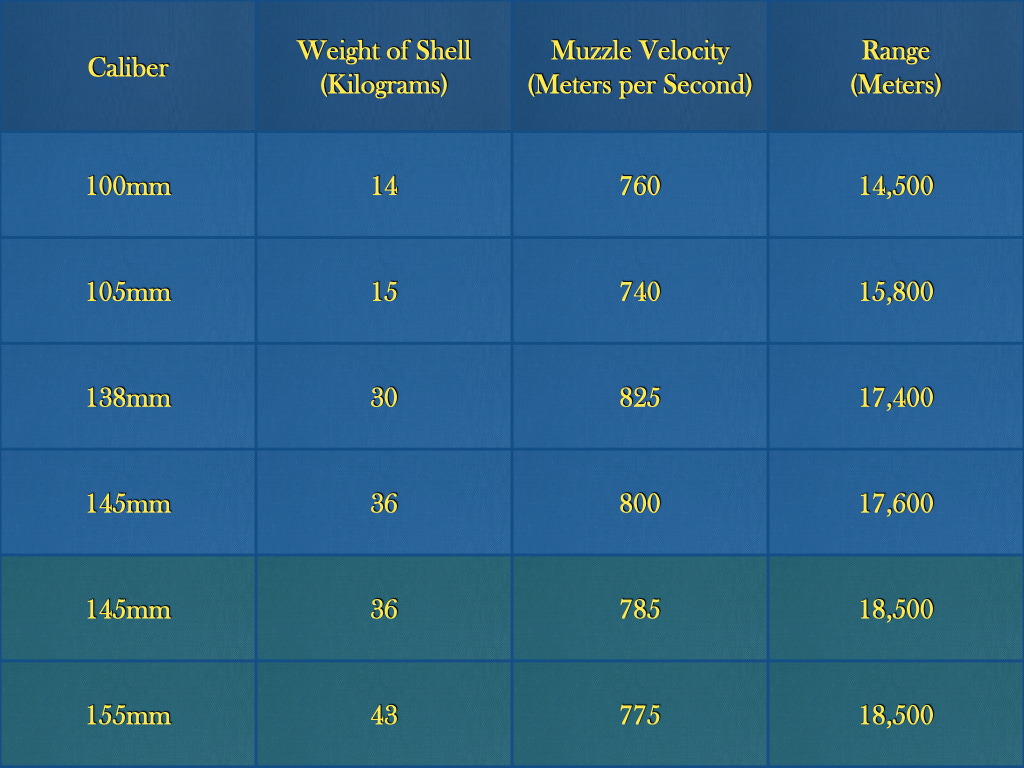Welcome to the Tactical Notebook, where you will find more than four hundred tales of armies that are, armies that were, and armies that might have been.
Soon after the start of the First World War, the French Navy began a program to convert guns developed for shipboard use into weapons that could be used in the field. Characterized by long barrels and high muzzle velocity, these weapons enjoyed considerable advantages in the realm of range. These same features, however, also resulted in a great deal of barrel wear.
In 1916, the French War Ministry started a program to rebore [réaléser] the worn-out barrels of repurposed naval guns, thereby converting them into pieces of slightly larger caliber. In particular, the program would turn worn-out 100mm guns into fresh 105mm weapons and old 138mm cannon into new 145mm pieces.1
The increase in the bore of the naval guns resulted in a slight loss of muzzle velocity. At the same time, the new weapons enjoyed slight advantages in both range and weight of shell. In the case of the rebored 100mm pieces, moreover, the resulting gun was able to use the same 105mm shells as the 105mm gun adopted by the French Army in 1913.
In the same year, the Saint Chamond company designed, from the ground up, a gun with features that would facilitate the eventual reboring of its barrel. This weapon would live its first life as a 145mm cannon that fired shells identical to those used by converted 138mm naval guns. Once rebored, it would become a 155mm piece that made use of the same ammunition as the other types of 155mm guns then serving with French forces.
Having been designed for shipboard use, the 100mm and 138mm naval pieces lacked on-carriage recoil mechanisms. The barrel of the Saint Chamond piece, however, sat atop a state-of-the-art combination of buffers and recuperators.
Sources:
Historique et organisation de l'artillerie : l'artillerie française depuis le 2 août 1914 (Fontainebleu: Imprimerie de l'École militaire de l'artillerie, 1922) pages 101-106 and 134
Émile Rimailho Artillerie de Campagne (Paris: Gauthier-Villars, 1924)
For Further Reading:
The French Navy used two models of 138mm gun: the canon de 14 centimetres.(modèle 1891) and the canon de 14 centimetres (modèle 1910). The figures on the chart pertain to the latter model.











https://tacticalnotebook.substack.com/p/attacks-with-limited-objectives/
In light of this earlier article, the effort spent on reboring old direct-fire pieces must rank alongside the sending of the Prince of Wales and Repulse to Singapore in the annals of strategic decisions so poor they were probably counterproductive on net.